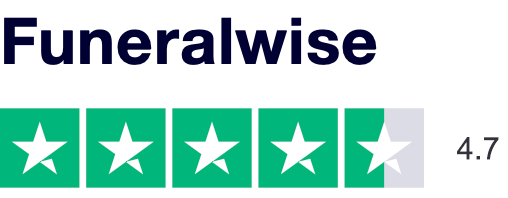Preparing the Deceased for Viewing or Visitation

The time we spend caring for someone’s needs does not end with death. There are many questions that must be answered after a loved one has passed and some of those questions revolve around preparation and proper disposal of the body. An individual’s death can be just as unique as their life and having the right information will help you be informed as you make those important decisions.
The preparation of a deceased human body can be carried out in many forms. There will be an option that will satisfy your needs, meet your religious and personal beliefs, and correctly represent the life of your loved one.
What Happens to the Body After Death?
The body is removed from the place of death and brought back to the funeral home. Before anything is done, the funeral home staff will obtain your permission and should explain what exactly will be done. If they do not, you should feel at liberty to ask.
The first step, regardless of what type of disposition you choose, is bathing and disinfecting the body. This is done not only for the safety of the funeral home staff, family, and friends but also for the dignity and respect of the deceased. A human body starts to change immediately after death occurs, and bathing and disinfecting are necessary.
The next steps are ultimately decided by the family or friends in charge of arranging services. The body can be prepared and embalmed for traditional services (see Embalming below), dressed and placed in refrigeration for cremation, prepared for body donation or green burials, or arrangements can be made for transport to another state via ground or air travel. In the case of accidental or traumatic death, autopsy, or organ donation, special services may be required to provide restoration to the body.
After disposition has been chosen and the preparation has been completed, you will need to consider clothing and other mementos such as jewelry and glasses. Options will vary depending on your previous choices. Some religious beliefs will dictate simple garments or particular outfits or you may be able to choose any style of clothing. You may use clothing previously worn by the individual or you may purchase new clothing.
When it comes to jewelry and mementos, keep in mind that anything you place with the deceased, such as wedding rings, glasses, tie clips, etc., can always be returned to you before the final disposition takes place. These items can be for temporary viewing purposes or left with the individual indefinitely. It is up to you.
The final step is preparing the body for private or public viewing. Cosmetics will be applied and the hair will be styled according to your wishes.
Always remember that you have countless options when making these final decisions. In addition to the basics, you can dictate to your funeral service professional exactly what you want regarding your loved one.
Embalming is a method of temporarily preserving the body to:
- Make it easier to transport the body over a long distance.
- Give survivors ample time to schedule and hold funeral services.
- Enable the body to be viewed in an open casket.
In addition to preservation, embalming helps guard against health hazards.
Embalmers are licensed technicians and, in most cases, are also Funeral Directors. To embalm the body, they inject preservative chemicals into the circulatory system. Using a special machine, the blood is removed and replaced with the embalming fluid.
Refrigeration can also preserve the body, but it’s not always available. If it’s necessary to transport unembalmed remains, they may be packed in ice.
Is Embalming Necessary?
Federal law prohibits funeral providers from misrepresenting the legal necessity of embalming. In fact, funeral providers are required to inform consumers that embalming is not required by law, except in certain special cases. And, it is unlawful to represent that embalming is required for:
- Immediate burial.
- Direct cremation.
- A closed casket funeral without a viewing or visitation when refrigeration is available (if state or local law does not require embalming).
The History of Embalming
Embalming dates back thousands of years to ancient Egypt where it was used for mummification. In the 1800s, European scientists embalmed the bodies they used for anatomical studies. In the United States, embalming gained favor during the Civil War as a way to preserve the remains of the dead soldiers for the long trip home. Some religions are opposed to embalming because they believe the body should not be altered.
The Advantages of DNA Sampling for Preserving Genes
Advances in genetic research and technology make it possible to create a unique genetic profile for each person from our DNA. Many scientists believe that many, if not all, diseases and disorders are rooted in our genes.
There are several facilities that offer DNA typing and banking. This means that a DNA sample of the deceased will be evaluated, typed, and stored for 10 or more years in a secured and highly regulated facility.
DNA testing can be very beneficial in a number of ways. Biological ties to family, such as paternity or kinship, can be made, genetic uniqueness can be established, as well as heritage and genetic family history, which could be useful if an unusual inheritance claim is made upon the death of a loved one or settle estate issues.
Another very important benefit is the health and genetic disease diagnosis. This can be used to assess a predisposition to certain diseases among current family members and future descendants. This valuable information can be utilized to prevent and treat diseases and disabilities.
The sample can be taken prior to an imminent death and after a death occurs before the interment takes place. If a body is cremated, the opportunity for DNA testing is lost.
Your funeral director should have the resources to find a suitable facility to handle the testing. Make sure that the selected company follows the Chain of Custody Procedure Guidelines that ensure that all information related to each specific DNA profile is handled correctly and can be used as medical reference or legal evidence.

